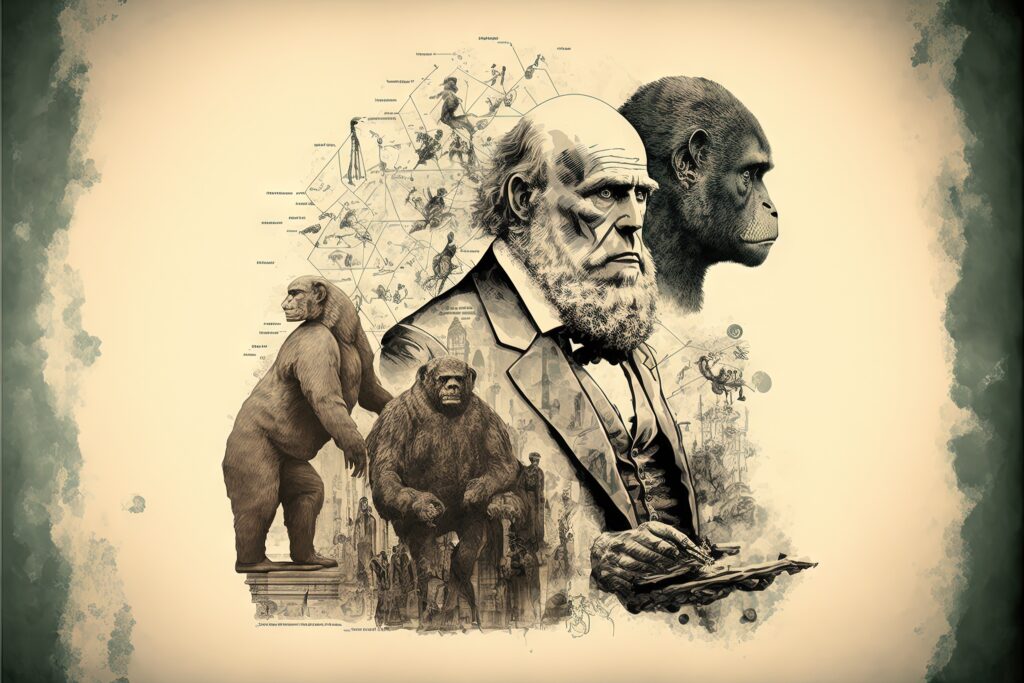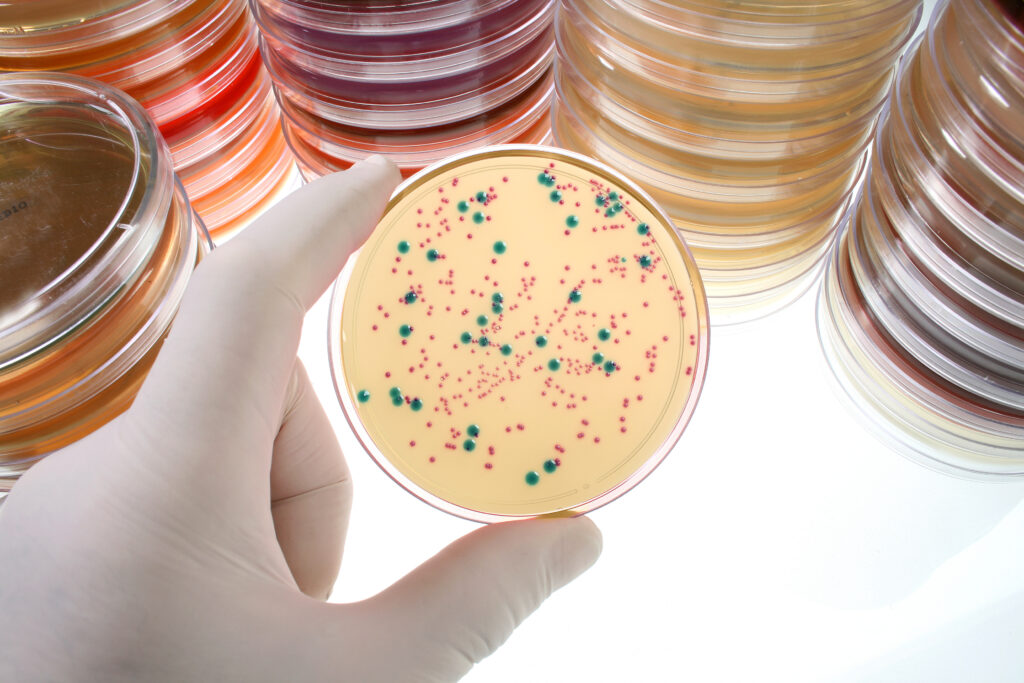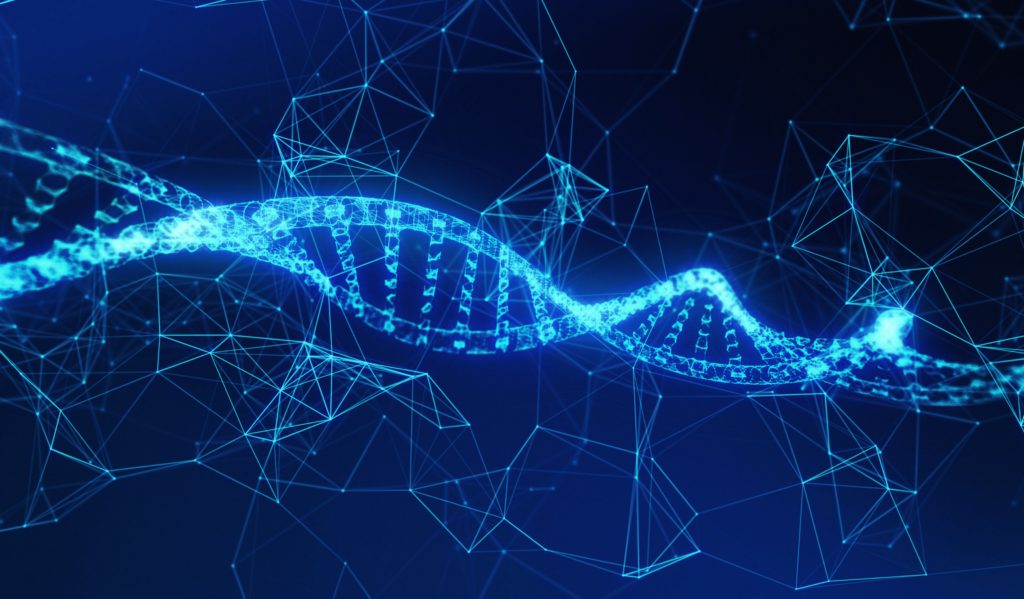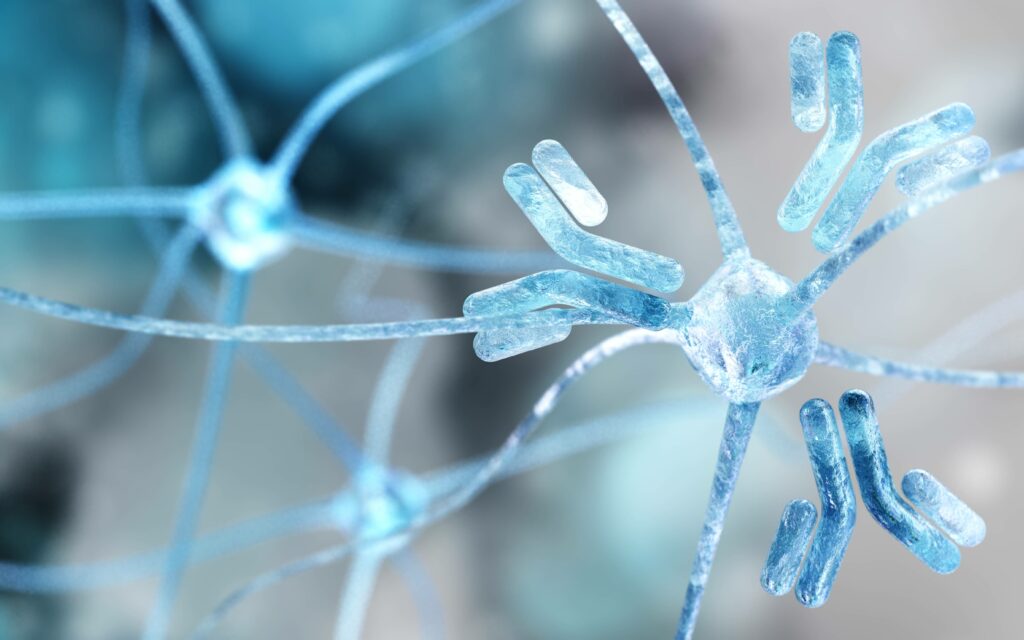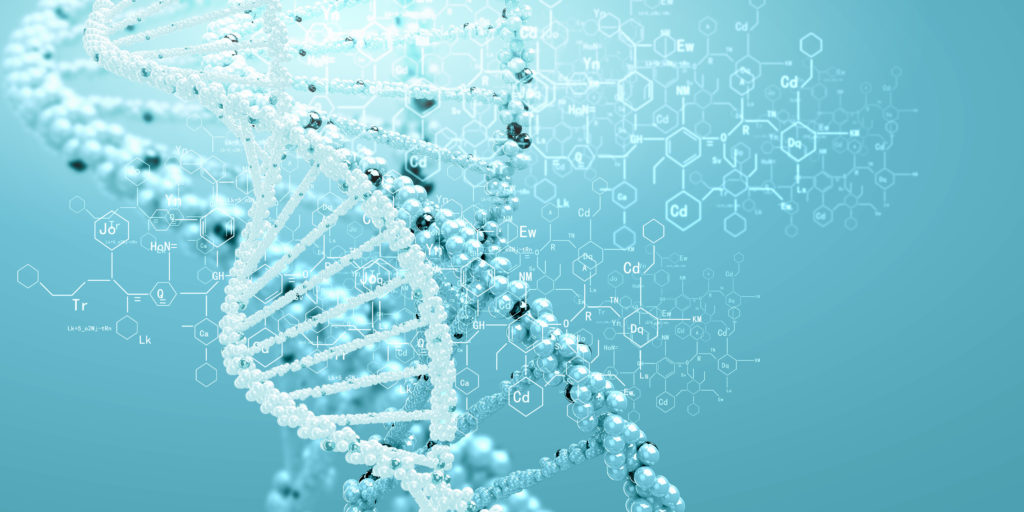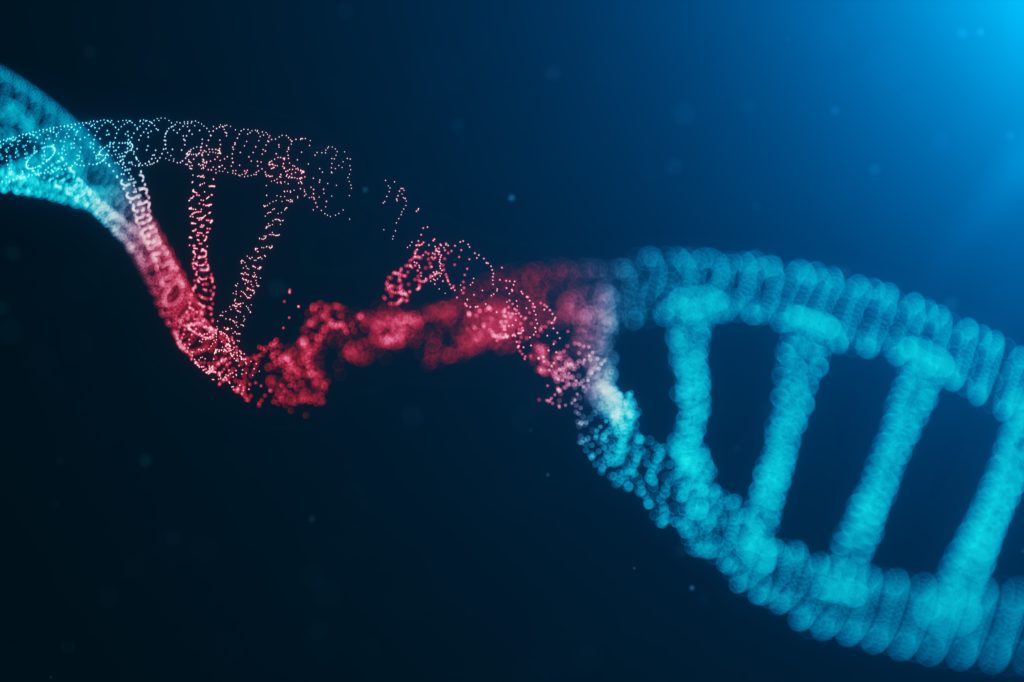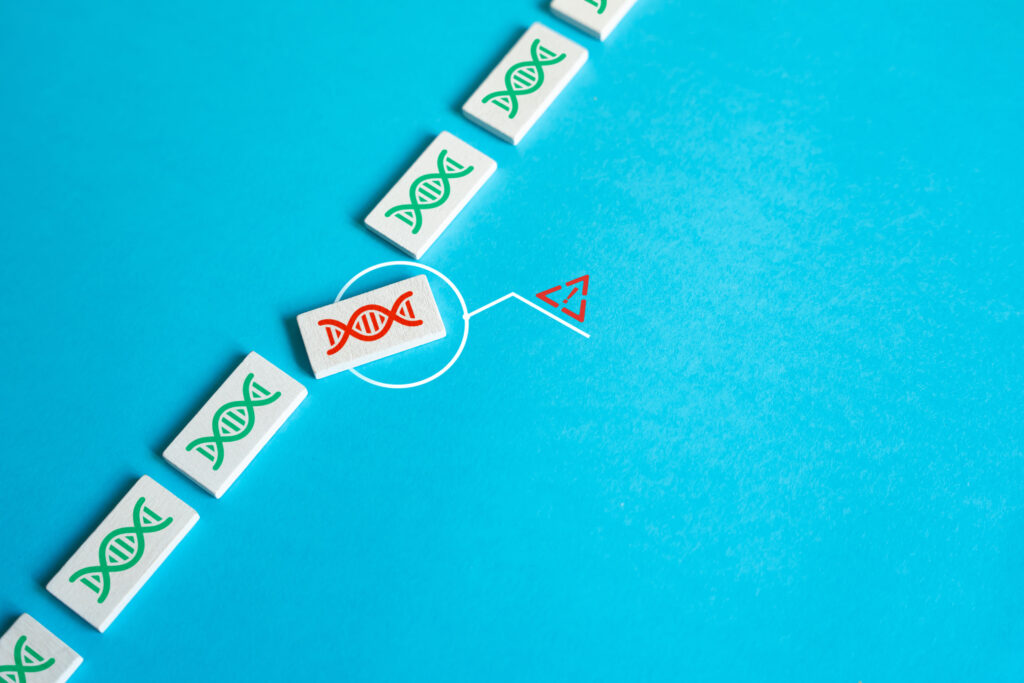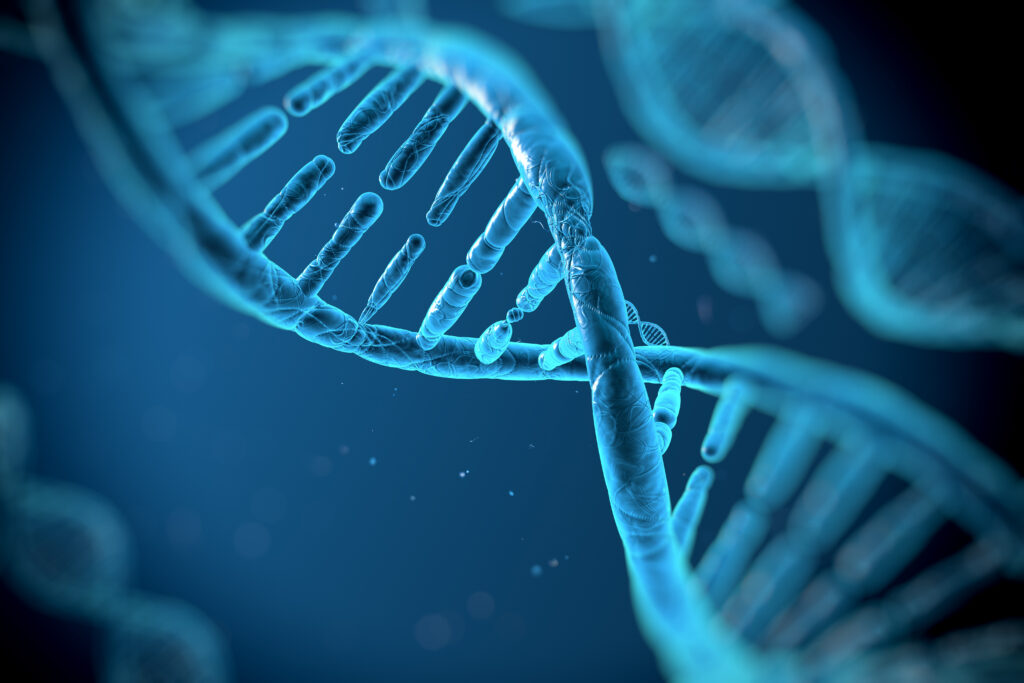
One Small Step Sideways, Two Huge Steps Back
Recently a new paper by Richard Lenski and colleagues (Meyer et al 2012) appeared in Science with, as usual, commentary in the New York Times. (Lenski’s lab must own a red phone with a direct line to The Gray Lady.) The gist of the paper is that a certain bacteriophage (a virus that infects bacteria) called “lambda” gained the ability to bind a different protein on the surface of its host, the bacterium E. coli, than the protein it usually binds. The virus has to bind to the cell’s surface as a prelude to invading it. The protein it normally binds is called LamB. Lenski’s lab, however, used a bacterial strain that had turned off the production of LamB in 99% of E. coli cells but, Read More ›
